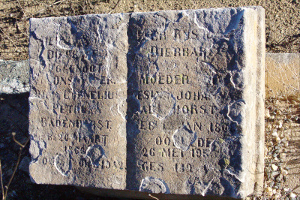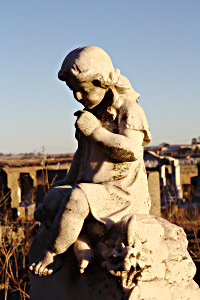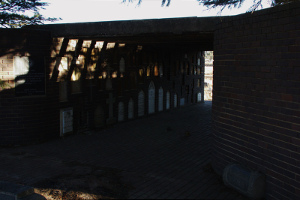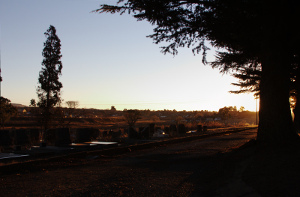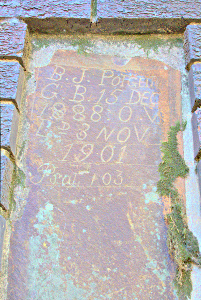The Old Volksrust Cemetery: A Neglected Testament to History
Tucked away in the northern section of Volksrust, adjacent to the town's prison, lies a piece of history that echoes tales of pain, perseverance, and the passage of time - the old Volksrust cemetery. Although it stands as a silent witness to the ebb and flow of life in this part of South Africa, its current state of neglect raises pertinent questions about our commitment to preserving history.
The old Volksrust cemetery is a treasure trove of stories from the late 1800s. Numerous old graves mark the resting place of individuals who once called this region their home. Every headstone, every inscription, speaks of the lives lived, and the profound impact of historical events on the common folk.
Perhaps the most somber reminder of the region's turbulent past is the memorial wall dedicated to the women and children who met their tragic end in the British concentration camp during the second Anglo-Boer war. A conflict that spanned from 1899 to 1902, the war saw the British forces resorting to scorched-earth tactics, leading to the establishment of concentration camps where Boer women and children, as well as Black Africans, were interned under deplorable conditions. Many succumbed to disease, malnutrition, and the hardships of camp life.
The memorial's inscription, translated from Afrikaans, reads: "1899-1902. Some of the gravestones of 1009 fellow countrymen who died in Volksrust's Concentration Camp and whose remains were reburied at the memorial in Voortrekker Square. Erected by the South African Council for War Graves 1976." This wall stands as a poignant reminder of the heavy toll the war took on innocent lives.
While the cemetery and memorial wall were established to commemorate and respect the past, they currently paint a grim picture. Nature, with its relentless pace, has begun to reclaim the land. Weeds and overgrown shrubs obstruct the view, while several of the graves are damaged, with broken headstones and crumbling inscriptions. The ravages of time are evident, but human interference has exacerbated the decay. Vandalism, likely a result of indifference and lack of historical awareness, has scarred this sacred ground.
The old Volksrust cemetery, with its historical graves and the heart-wrenching memorial wall, deserves more than benign neglect. It calls for restoration, preservation, and education. Efforts need to be channelled towards restoring the cemetery to its former state, ensuring that it remains a place of respect and reflection for generations to come. Education campaigns can enlighten the younger generation about the importance of these landmarks, fostering a sense of belonging and responsibility.
In conclusion, the old Volksrust cemetery is more than just a collection of graves and inscriptions. It is a chronicle of life, love, loss, and war, and stands testament to the strength and resilience of the South African people. It beckons us to remember, respect, and restore, lest we forget the lessons history has to teach.
